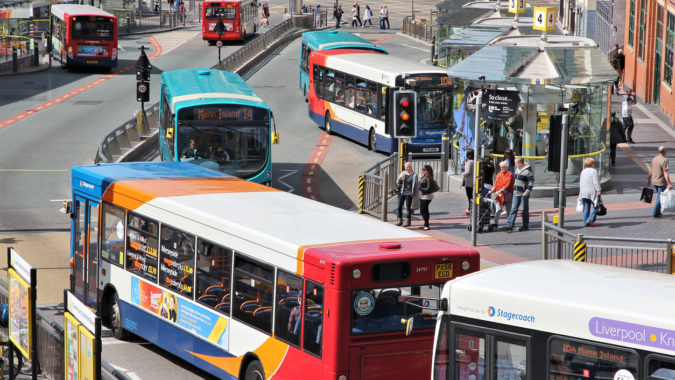Five years ago, the eyes of the world turned to our Capital as we hosted the 2012 Olympic and Paralympic Games. It clearly required an army of talented individuals – those on the track, in the pool and on the courts and not least the thousands of people who volunteered their time as dedicated Games Makers. But we can all too easily overlook the expertise that was needed in the run-up to the events themselves: the planners, architects, engineers and technicians working together to design and build the stage for the Greatest Show on Earth.
The Olympic Delivery Authority (ODA) was established to bring these professionals together to deliver the infrastructure for the Games. Having this clear purpose was at the core of its success: with so many different organisations involved in delivering London 2012, agreeing the roles and authority of each was critical.
So too was having clear objectives and priorities. Regardless of the size of a project, it is almost impossible to give equal priority to keeping its cost down, achieving the highest quality of build and to delivering on time. For us at the ODA, the priority was clear – Super Saturday could hardly have happened on a building site. So while we strived for the highest possible quality and the best value for taxpayers, keeping to our schedule was crucial. It’s why we set project targets that were publicly announced and published each year, and reported on each quarter, keeping everyone focused. We also set demanding targets for safety performance – in turn leading to more productive working – and regularly reviewed risks at all levels of the project to ensure anything that could take us off course was quickly identified and mitigated against.
At the heart of the project was also the need to maintain a legacy, and to transform East London not just for that month but for years to come. It meant that the masterplan for the Park included how it would be developed for commercial and cultural facilities, and new homes; and it helped us decide which facilities would be permanent features on the landscape and which could be built purely for the Olympics and Paralympics. As a result, the press and broadcast centres are now Here East, offering space for high-tech digital companies; the velodrome, aquatic centre, white water centre and indoor sports arena are still there and being used, as is the athletes’ village as new homes, and the dedicated power station which continues to provide sustainable energy to local residents. But keeping a clear focus on the long-term use of the park meant that facilities like the basketball arena and those for water polo and hockey were built as temporary structures, and the main arena was designed and built with the intention of reducing its scale – it is famously now home to West Ham football club, but it was also the venue for the recent World Athletics Championships, meaning Usain Bolt and Mo Farah could end their track careers where they had some of their greatest successes and our relay teams could take on the baton and win their medals on home soil.
Another secret to the ODA’s success was the quality of the people it attracted and retained, making it an intelligent client. With the project having such a high profile, it meant contractors put their most talented teams on the case to give it the best possible chance of success. That expertise was combined with realistic budget setting for the infrastructure, with a clear contingency in place – in my view, leading to better quality management decisions as a result.
But one ingredient was absolutely key: without the cooperation and collaboration of central and local government, industry leaders and trades unions as well as high engagement from the range of interested stakeholders, London 2012 may never have happened at all. The cross-party political support at the national level meant that not only could we bid for the Games with confidence, but also deliver the infrastructure. The Greater London Authority worked to swiftly complete compulsory purchase of the land we needed, and the five London boroughs hosting the Olympics and Paralympics sat on a dedicated planning committee with ODA directors, so permission could be granted for the development – an approach that continued in legacy planning. And an early umbrella agreement with the trades unions secured employment rights for everyone working on the project.
As we look to deliver major infrastructure projects in the future, these components – clear governance, objectives and budget, having an intelligent client and collaboration – will be essential.



